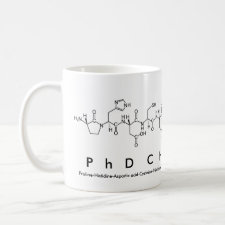
Authors: Zhao T, Gao HJ, Wang XL, Zhang LM, Qiao XG, Xu ZX
Article Title: Study on a Molecularly Imprinted Solid-Phase Extraction Coupled to Capillary Electrophoresis Method for the Determination of Trace Trichlorfon in Vegetables.
Publication date: 2014
Journal: Food Analytical Methods
Volume: 7
Issue: (6)
Page numbers: 1159-1165.
DOI: 10.1007/s12161-013-9729-y
Abstract: How to determine the pesticide residues in vegetable is an urgent problem. In this study, we reported a new method of solid-phase extraction coupled to capillary electrophoresis (SPEGă˘CE) based on a molecularly imprinted polymer (MIP) for determination of trace trichlorfon. The electrophoretic conditions and factors which affected the molecularly imprinted solid-phase extraction were optimized. Under optimal conditions, the linear ranges of the calibration graph were 0.1 μg/L to 10 mg/L. The limit of detection (LOD) and method quantitation limit (MQL) were 4.9 and 16.2 μg/kg, respectively. With a flow rate of 2.5 mL/min for 50 mL loading, an enrichment factor of 160 was obtained. The relative standard deviation (RSD) for five replicate extractions of 0.01 mg/L trichlorfon standard solution was 4.5 %. The blank cucumber, lettuce, and radish samples spiked with trichlorfon at three levels were extracted and determined by this presented method with recoveries ranging from 77.6 to 93.2 %. Moreover, this proposed methodology was successfully applied to the quantitative detection of the trichlorfon residues in the leek samples, and the results were in good agreement with that obtained by the gas chromatography method
Template and target information: trichlorfon
Author keywords: Trichlorfon, molecularly imprinted polymer, Solid-phase extraction, capillary electrophoresis, gas chromatography



Join the Society for Molecular Imprinting

New items RSS feed
Sign-up for e-mail updates:
Choose between receiving an occasional newsletter or more frequent e-mail alerts.
Click here to go to the sign-up page.
Is your name elemental or peptidic? Enter your name and find out by clicking either of the buttons below!
Other products you may like:
 MIPdatabase
MIPdatabase









